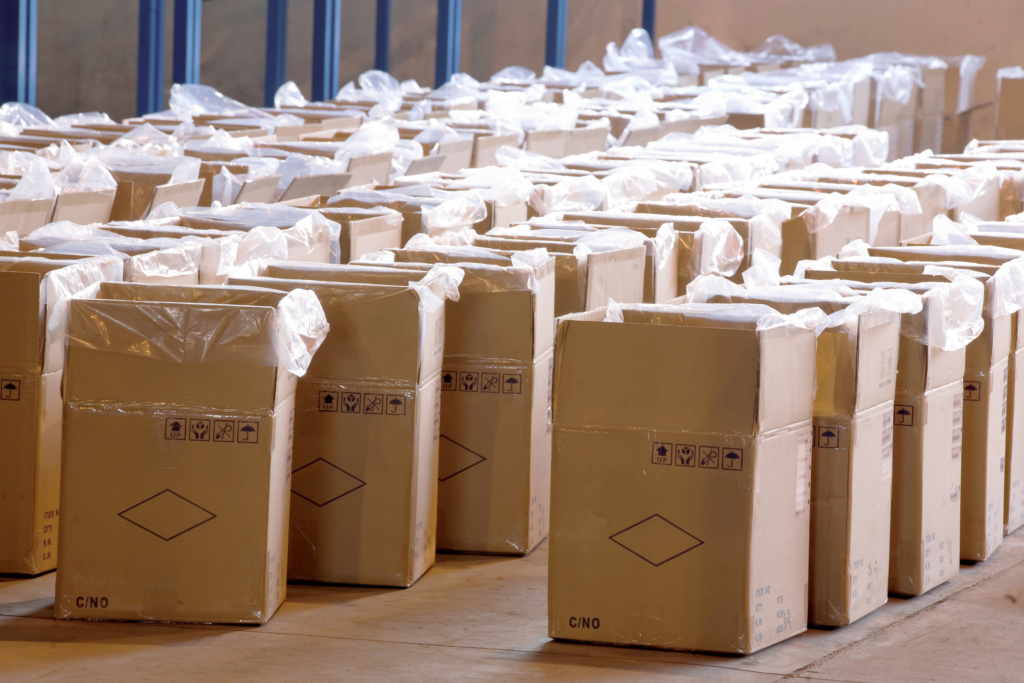Automation and logistics trade shows present invaluable opportunities for companies to explore new suppliers and vendors for robotic automation solutions. However, attending these events without proper internal organization can lead to missed opportunities and ineffective decision-making.
In this blog post, we will outline a comprehensive checklist for companies, whether you are an end-user, distributor, or system integrator, to organize your priorities before attending big trade shows to optimize interactions and select the right partners for robotic automation in material handling.

1. Define Your Objectives:
Clearly identify the objectives and goals your company aims to achieve by attending the trade show. Are you seeking a specific type of robotic automation solution? Are you looking for new suppliers to replace existing ones? Understanding your objectives helps guide the decision-making process
2. Analyze Current Processes:
Take stock of your current material handling processes and workflows. Identify pain points, inefficiencies, and areas where robotic automation can have the greatest impact. This analysis will enable you to communicate your needs effectively to potential suppliers and vendors.
3. Assess Warehouse Size and Layout:
Consider the size and layout of your warehouse or facility. Determine if any spatial constraints exist that may influence the type or size of robotic automation solutions you require. By having accurate measurements and diagrams, you can better evaluate compatibility with potential vendor offerings.
4. Evaluate Process Flows and Workflow Diagrams:
Map out your material handling process flows by creating workflow diagrams. Identify the key steps, bottlenecks, and areas that can be streamlined using robotic automation. Sharing these diagrams with potential suppliers and vendors will give them a clearer understanding of your specific requirements.
5. Quantify SKU Data:
Gather detailed information about your stockkeeping units (SKUs). Determine SKU volumes, sizes, weights, and any specific handling requirements, as well as UPH or JPH. This data will help potential suppliers and vendors propose tailored solutions that meet your specific SKU characteristics.
6. Budget and Return on Investment (ROI) Analysis:
Set a budget for your robotic automation project and conduct a thorough ROI analysis. This will help you determine the financial viability of potential solutions and prioritize investments. Having clear budget constraints and ROI expectations ensures that you focus on solutions that align with your financial objectives.
7. Build a Cross-Functional Team:
Assemble a team comprising representatives from different departments involved in material handling. This ensures diverse perspectives and a comprehensive evaluation of potential suppliers and vendors. Include team members who can assess technical compatibility, operational feasibility, and financial impact.
Stay tuned for Part II as we will guide you through how to research and pick the potential suppliers and vendors that truly align with your operational goals. AND don’t miss out Booth #B3209 at the upcoming MODEX 2024 and Stand #1GA31 at LogiMAT 2024 tradeshows!
Sign up now for exclusive one-on-one meetings with ForwardX Robotics! We look forward to engaging with you, ensuring productive discussions and successful outcomes.
See you soon!


